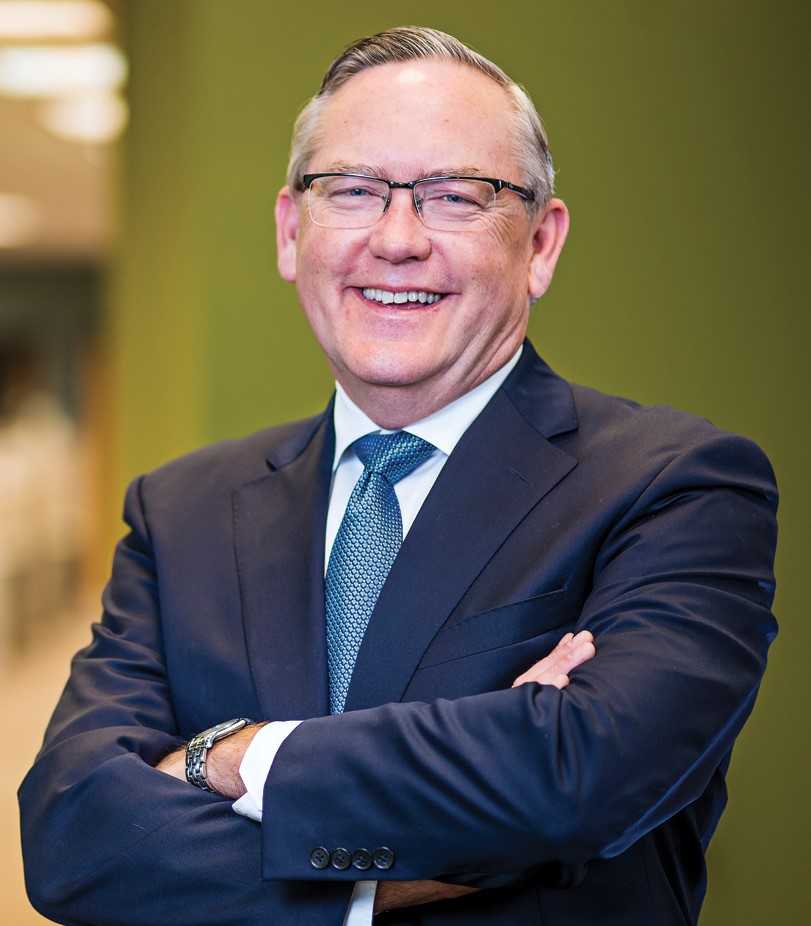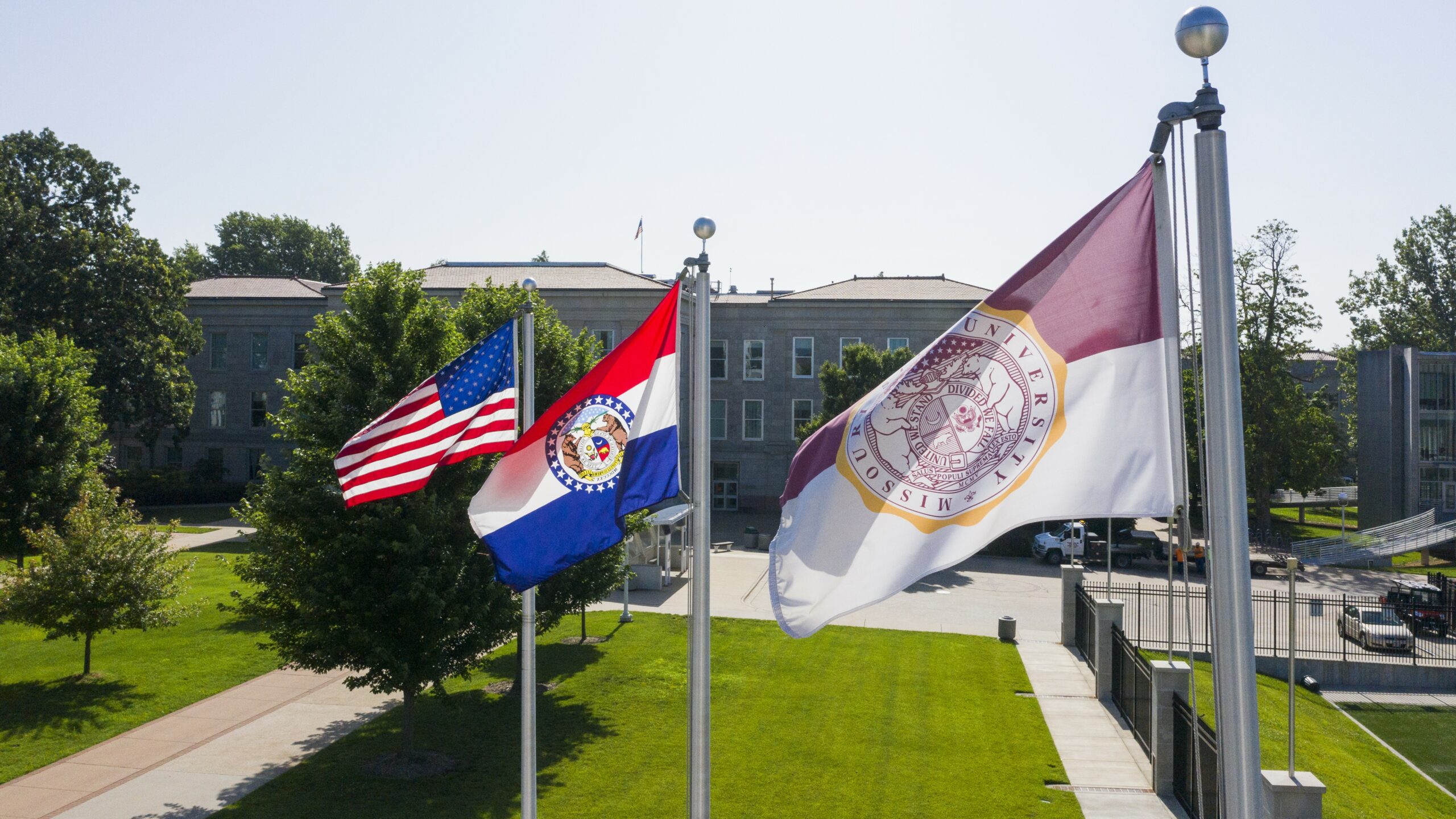“We started with the motto ‘You cannot be what you cannot see. We help you see what you can become,’” says Phil Harrington, chairman and CEO, Kuder.
Kuder has been around since 1938, making a name for itself in career guidance in schools and colleges over the decades. In 1997, Harrington stepped in and established career assessment centers.

“I bought the name and started with the intention, how do we help kids do three things? How do we do a better job of helping students transition from middle school to high school? How do we help more kids transition from high school to postsecondary, whatever that is? And how do we help people find passionate success in their world of work?”
Harrington continues, “Over time, we realized that there’s a wider audience that we really wanted to serve, and that now we call in a very sincere form, ‘K through gray.'”
Three Assessments
Harrington explains that there are three key assessments to provide a foundation for, what he calls, “a sound career planning system.”
First is assessing interest, says Harrington. “I like to describe it as, ‘What am I passionate about? What am I interested in?’ That’s really the basis for all of us.”

“The second is skills. You have to evaluate. you have to have the skillset. And then, work values. As we look at how the world has changed, work values have changed dramatically over the past few years and certainly over the past five to 10 years. ‘Is it important to me to work with other people? Can I work independently?’”
Says Harrington, “They should be taking the assessment we suggest no less than every other year.”
Early Planning
Harrington says it’s important to introduce possibilities in the world of work at a young age. “If we wait to do college and career planning, by high school it’s too late. We can certainly still have an impact, but it really needs to begin much earlier than that.”
School guidance counselors carry an overwhelming caseload of students, says Harrington. “Every school counselor is going to say, ‘Oh, we do assessments. We do that.’ They are overworked and probably underpaid. They have too many kids reporting to them.”
“If you looked at the data, most youth, by the time they’ve graduated from high school have maybe had six or seven occasions where there was a professional, formal approach to career assessment and career planning. A lot of schools will say, ‘We have one to two days per year, per student on this issue,’ which from my biased standpoint is ridiculous.”
After completing the assessments, Harrington says, “We walk you through that process and say, ‘You should look at our jobs in this area. Here are videos you can look at.’”

Kuder also has a financial literacy component to help answer questions about paying for an education. “I think people today might refer to it more as a technology hub or a platform with all of these various resources built in.”
Postsecondary Pathways
“We’re big proponents of two-year schools,” says Harrington. “That’s college to me. We don’t think every child in this country needs a four-year degree to be happy and successful. We take a strong position on that. There are great places for people to work if we can only help them find their pathways.”
Harrington says there is also more focus on certifications and credentials, “We are doing more on credentials today than we’ve ever done. We’ve focused a lot of time and attention on on-the-job training – from high school to work.”
Jobs in the Future
Harrington says, “When a youth takes that assessment, wherever it might be, we’re going to help them identify the jobs of the future. Are the jobs going to be here by the time you get done with your education? Is there going to be someone on the other side that says, ‘Hey, we like to hire people like you.’”
“We have a product called Connect 2 Business which really does link that business person with you to start to communicate about what does the future hold? ‘What type of employee are we looking for? What are the skill sets you need to get a job here? What’s the pay?’ We provide all that information to youth and adults as they make that pathway development moving forward.”
Leads to Greater Engagement
“The assessment takes somewhere between six and seven minutes. We’ve really shortened it down thanks to technology and a brilliant team of psychometrists,” says Harrington.
“We’re approaching 170 million people who have used one of the Kuder assessments. I don’t think anybody can hold a candle to us on that,” says Harrington.
If you use Kuder and you look at the results, you’re a much more engaged student. We know from the data that you’re engaged. Currently, in this world today where we’ve lost so much of that engagement and the loss of learning has happened, we’ve seen a big spike in the use. It is interesting to us. Not what we anticipated.”
Harrington offers Florida as an example. “About 90% of the youth in Florida have used Kuder in some way, shape, or form over of the past three years.”
He explains, “What’s going to be really impressive is the return on investment in Florida is almost seven to one. For every dollar they’ve invested, they’ve got $7 back. Kids are graduating from high school at higher rate. And when they enter college, they’re graduating in a shorter period of time.”
“In the last several years, almost every person we talk to at a school administration is saying, ‘Hey, we have a strong responsibility to these children, their parents, whoever is investing tens of thousands of dollars in their education. How do we do the best job possible to help them find the right pathway and the right outcome?’”











